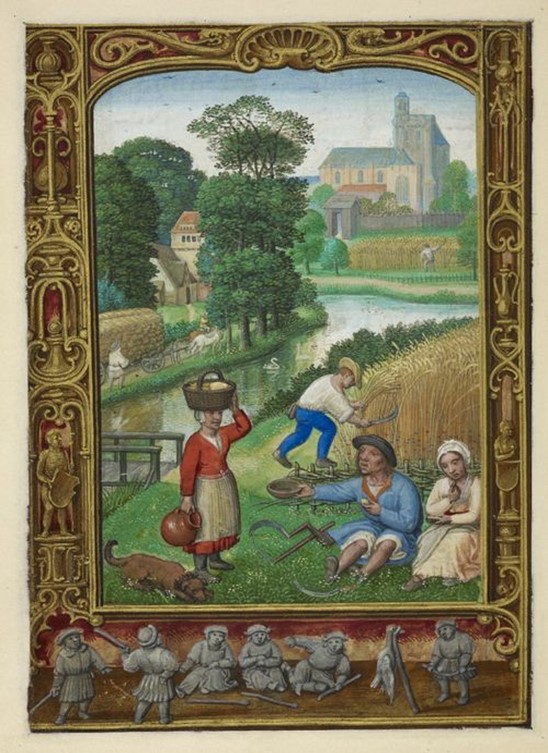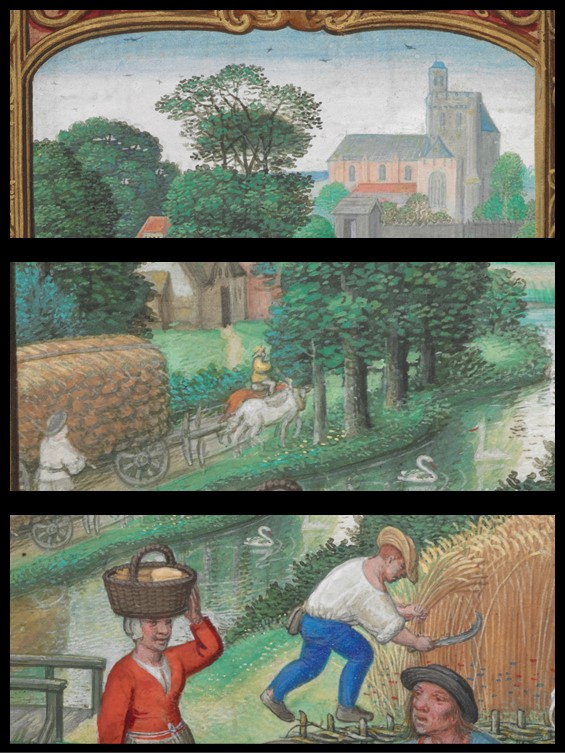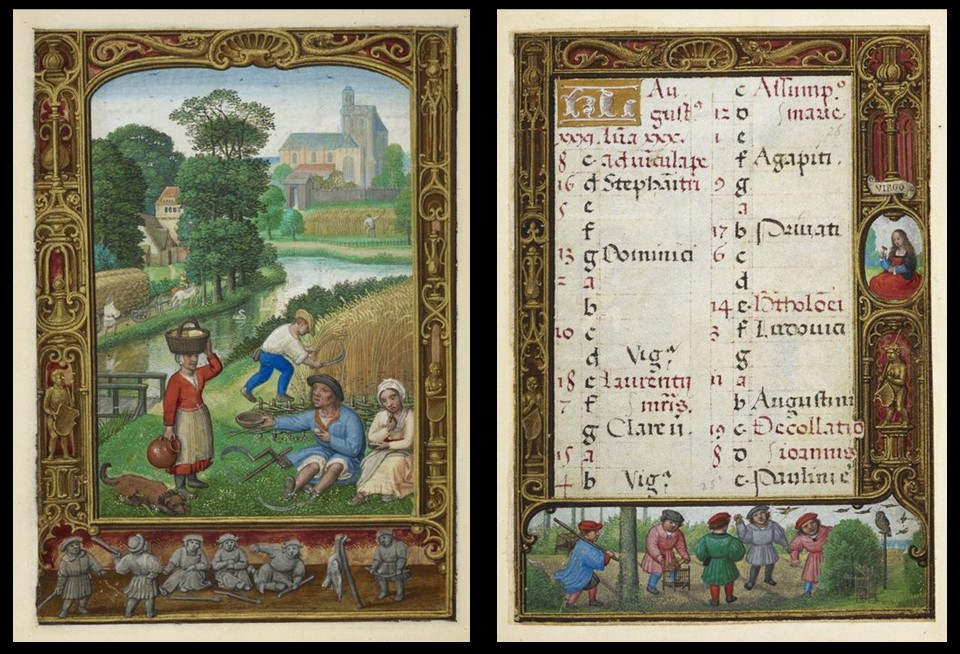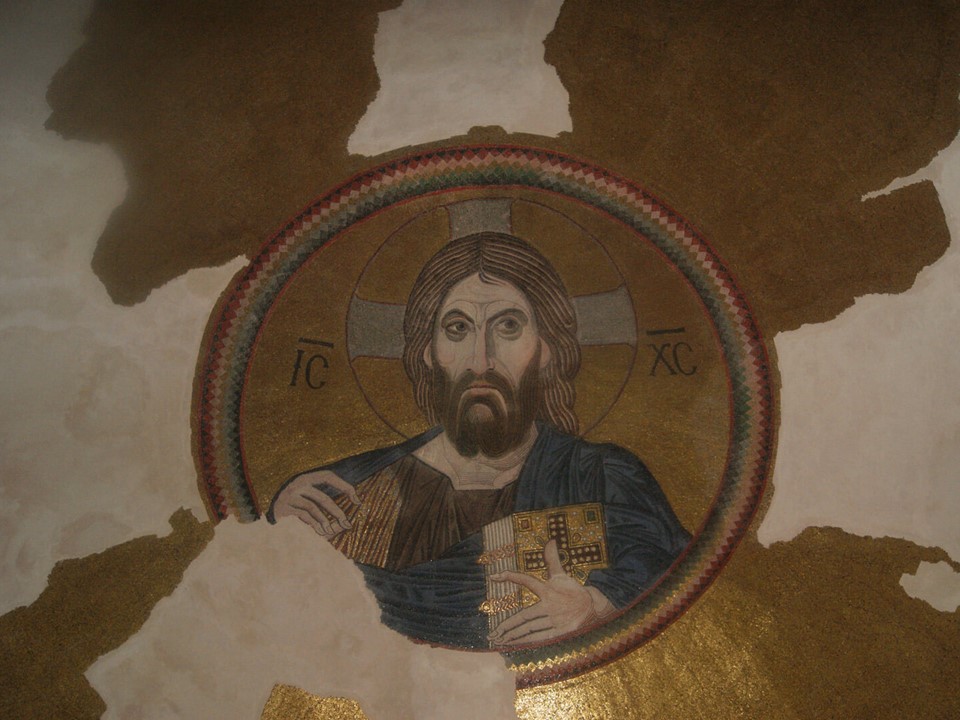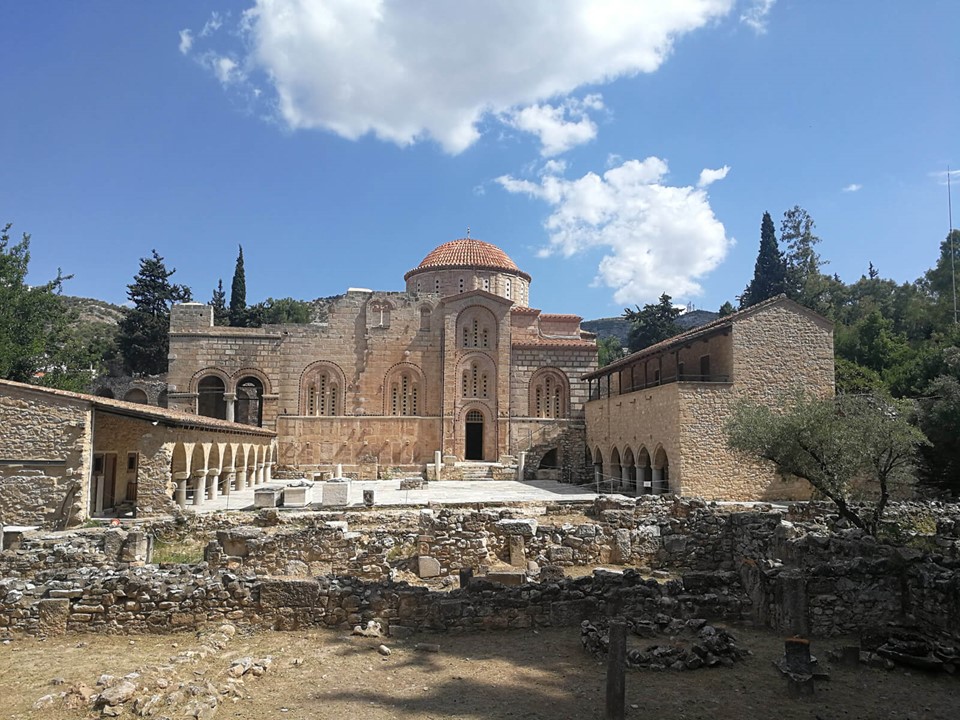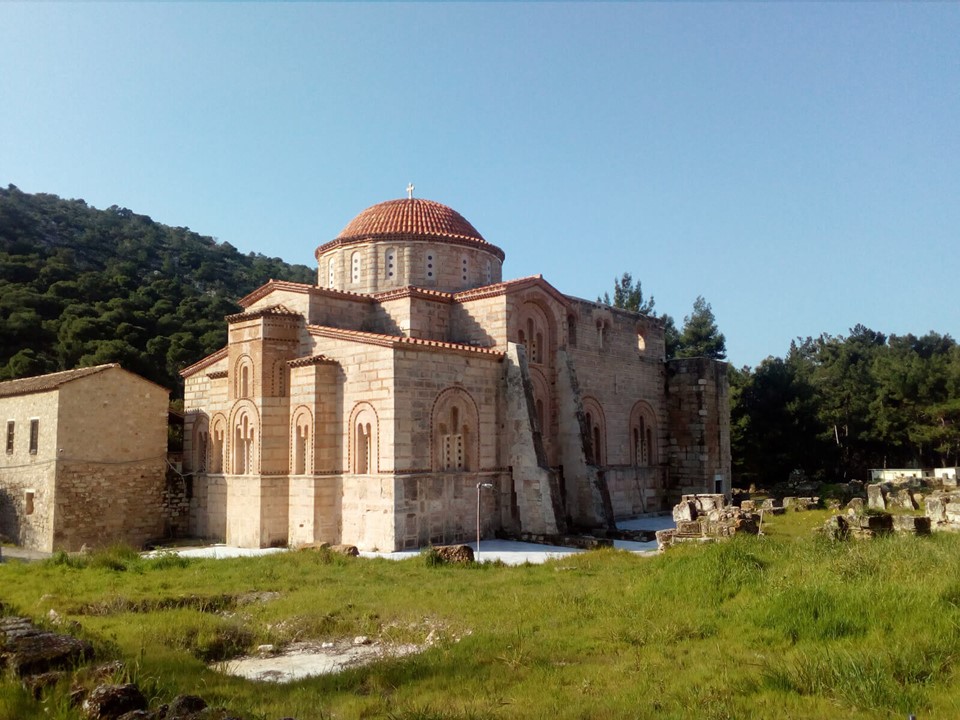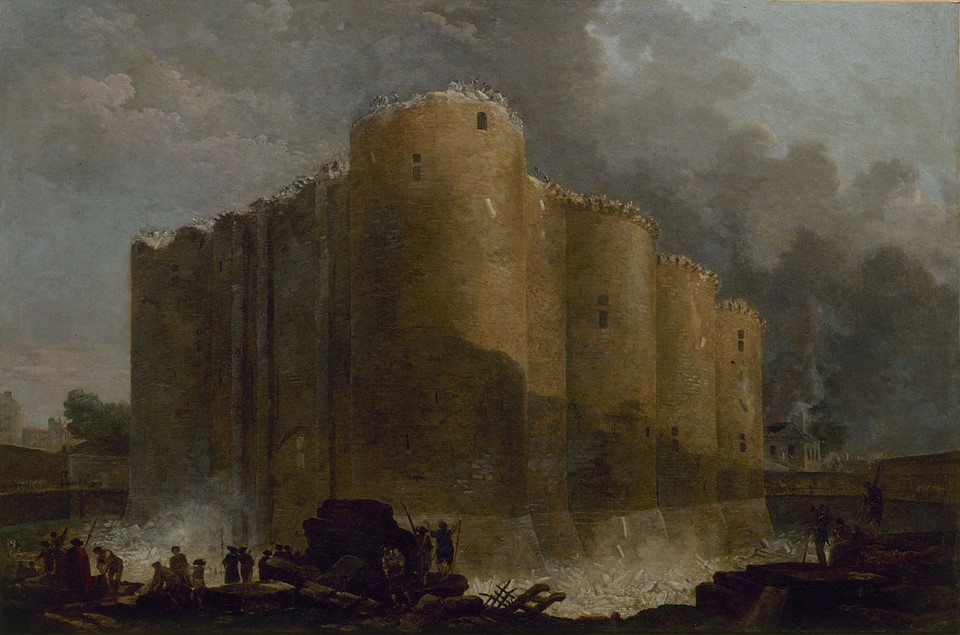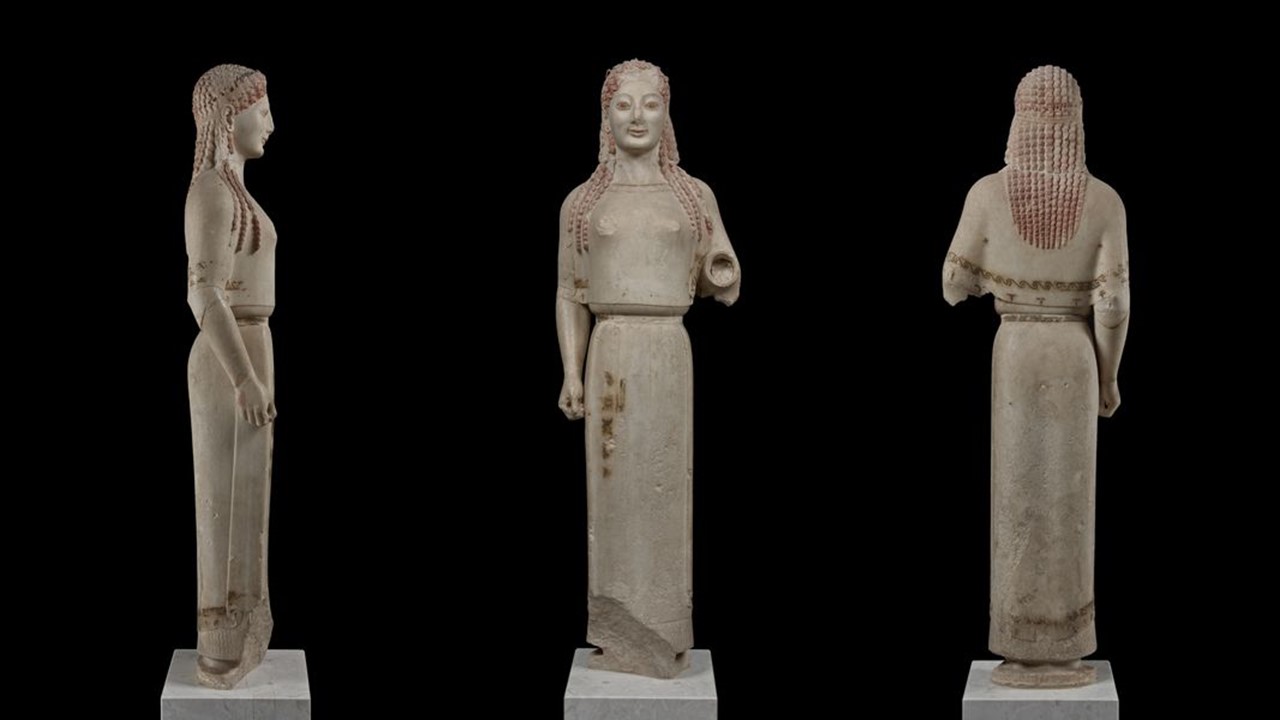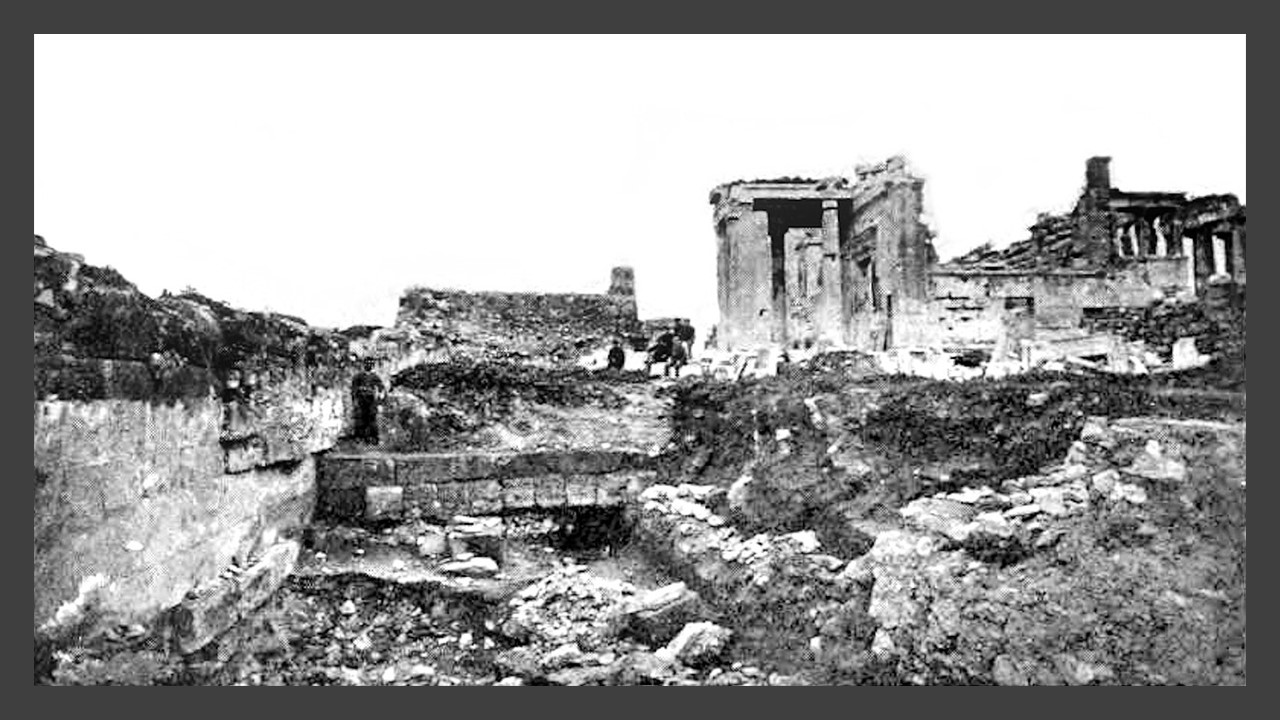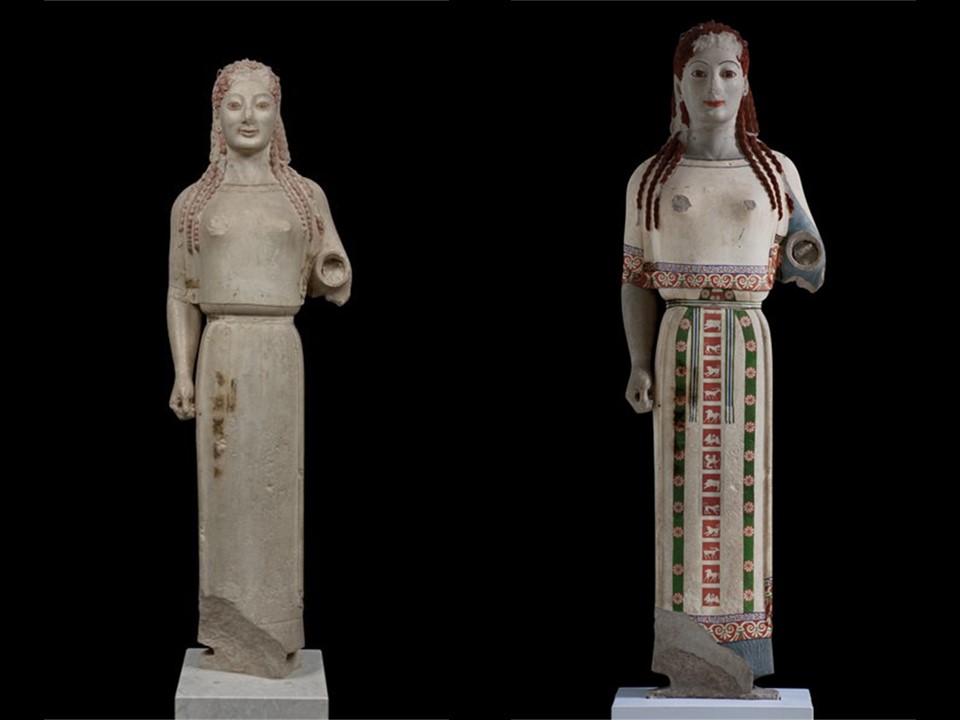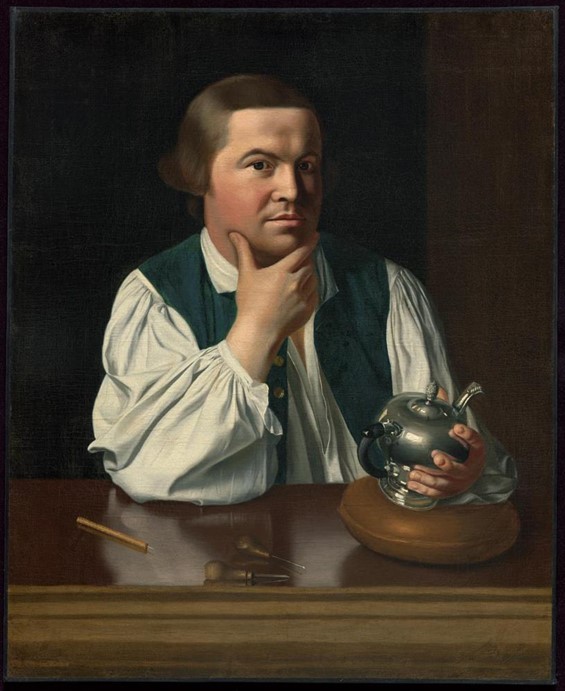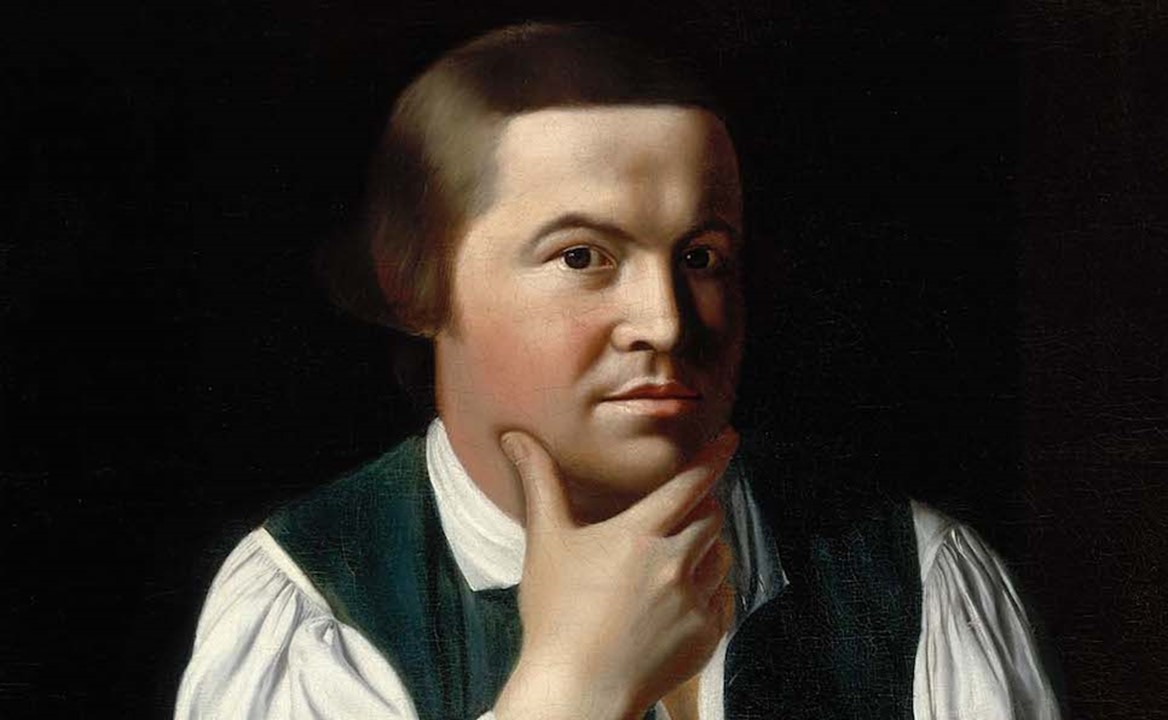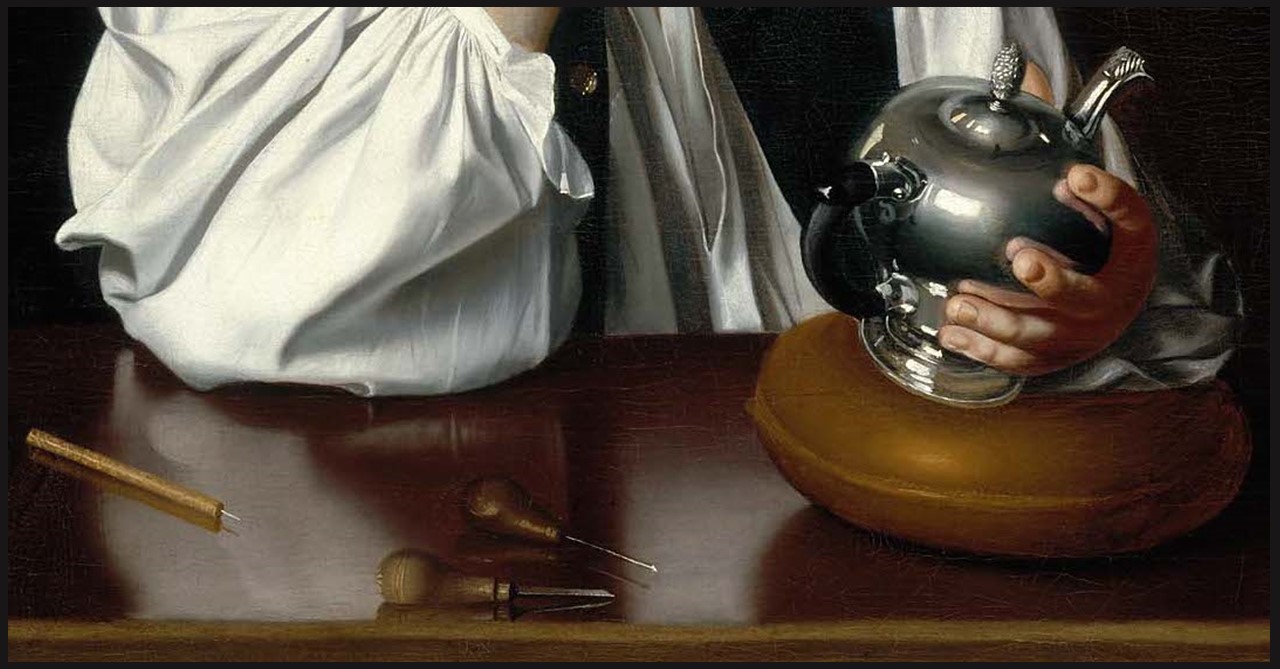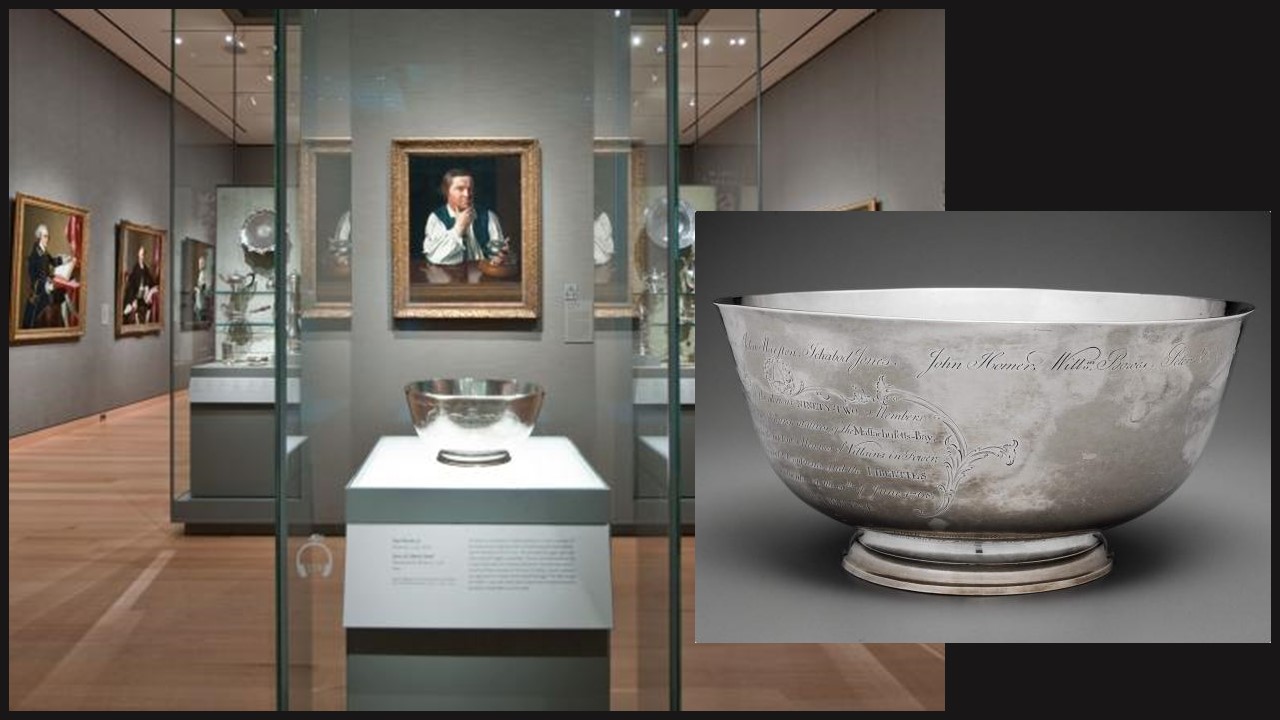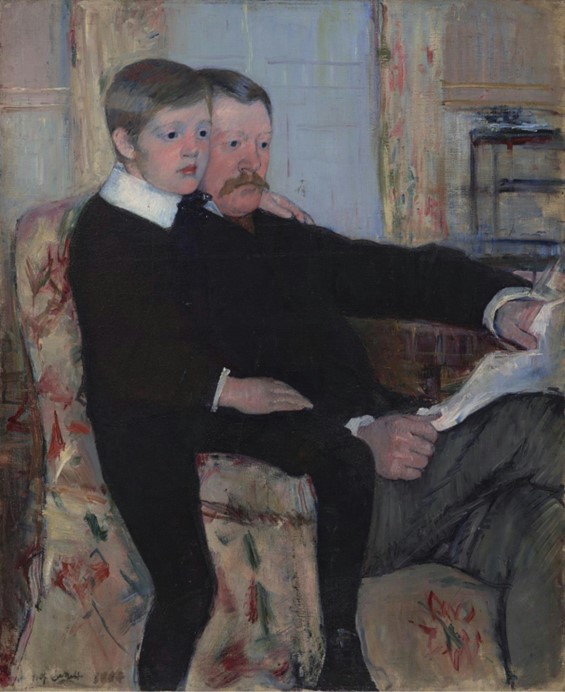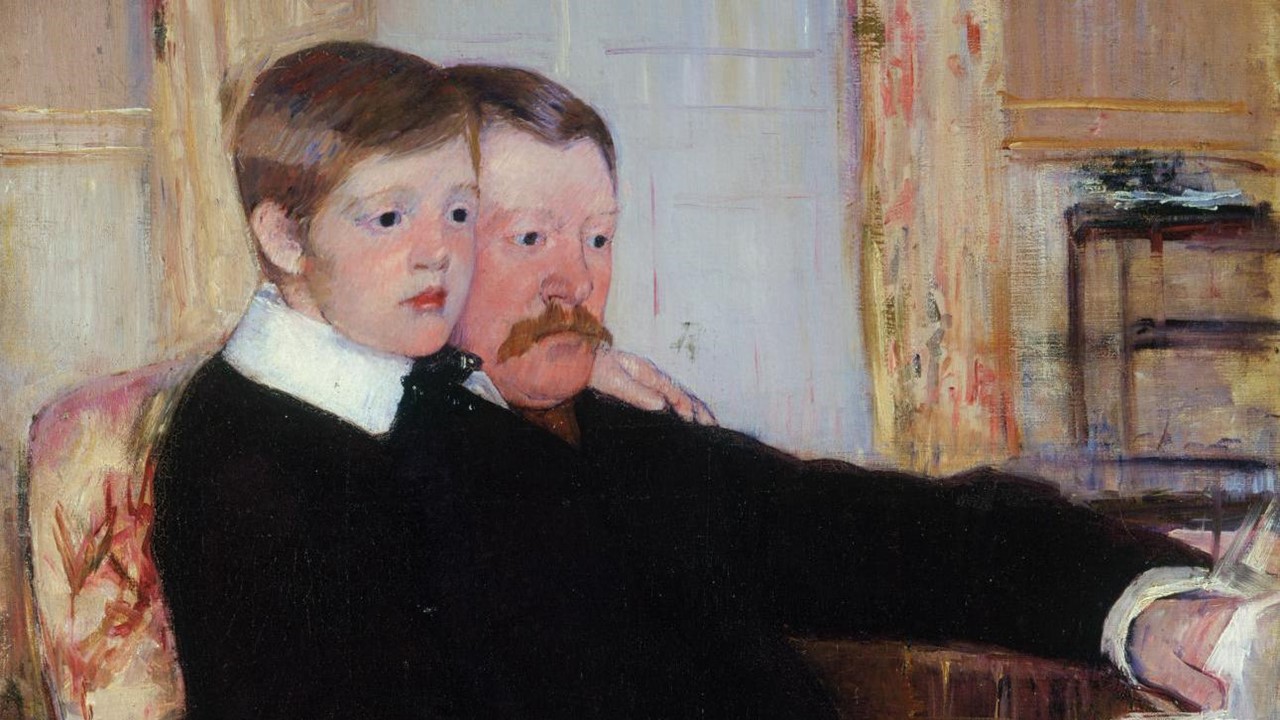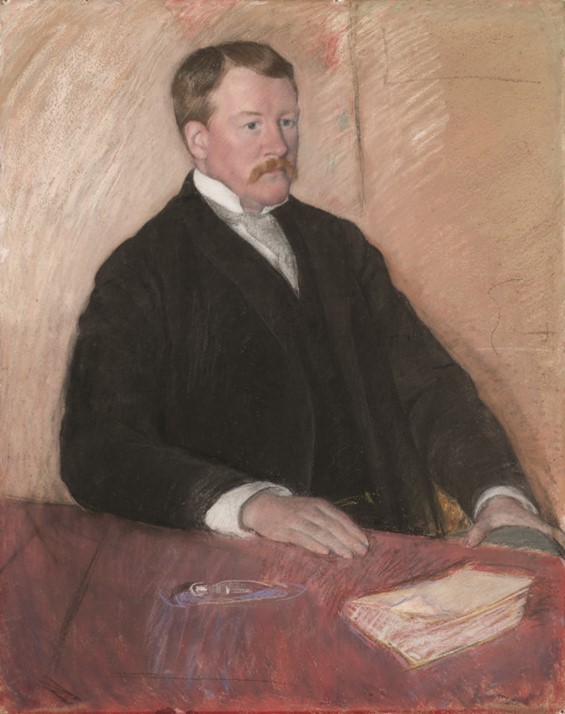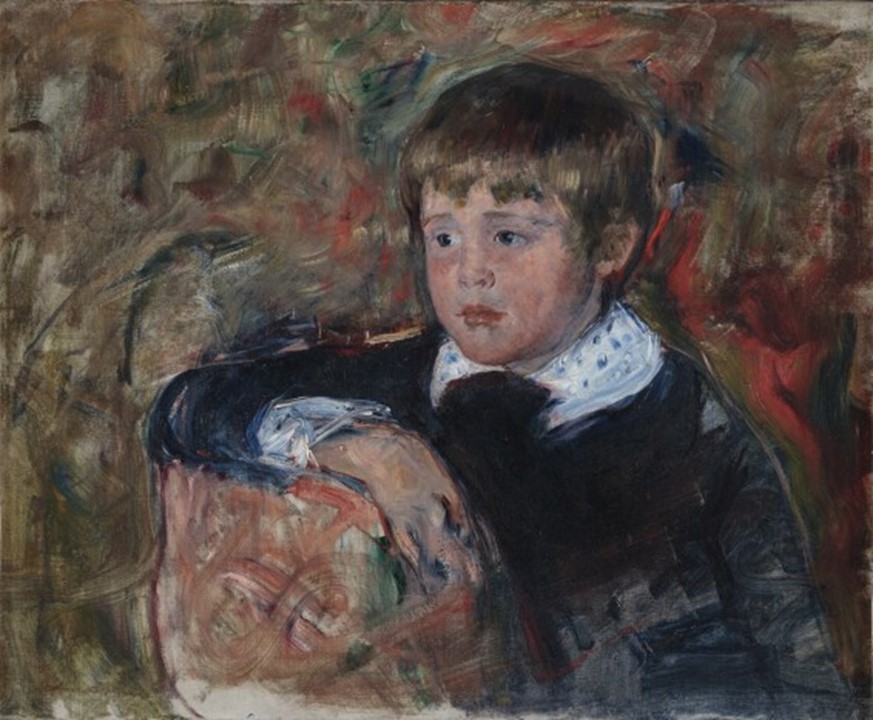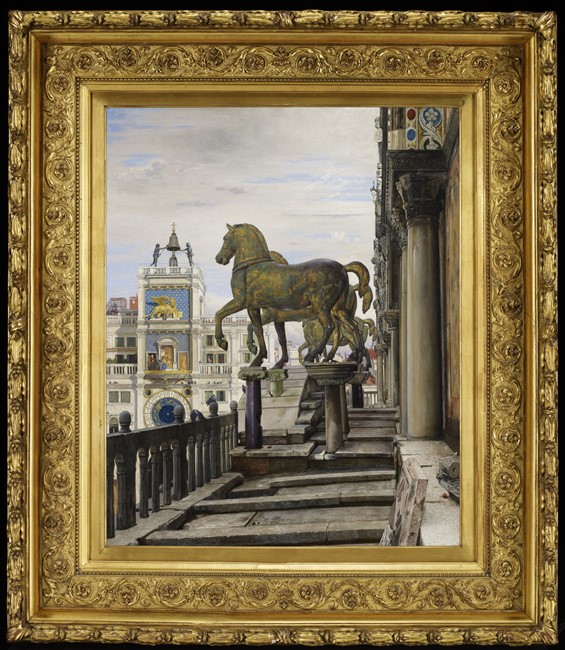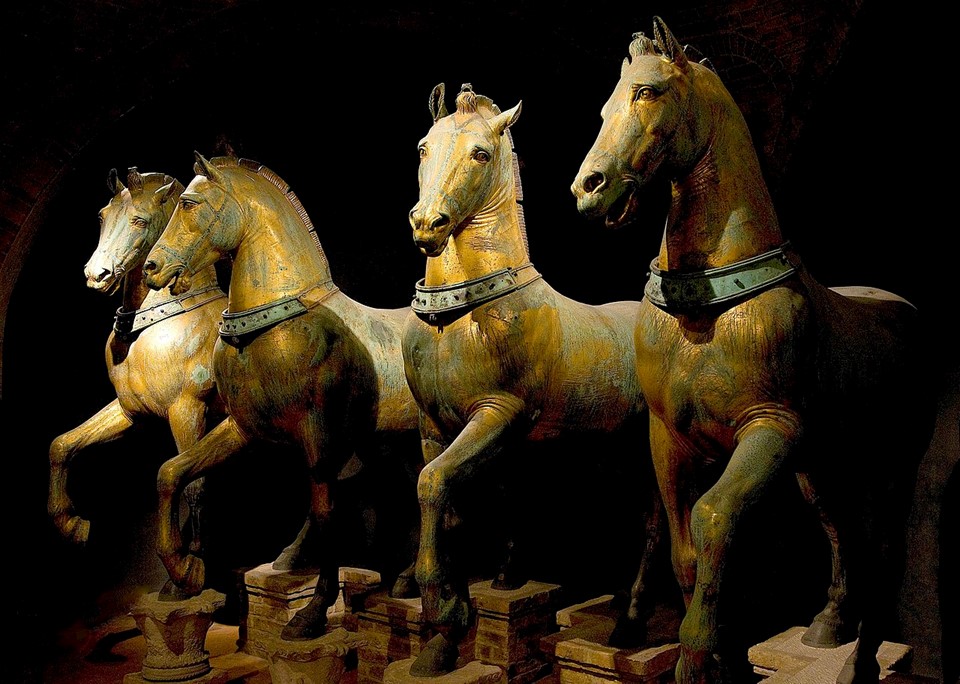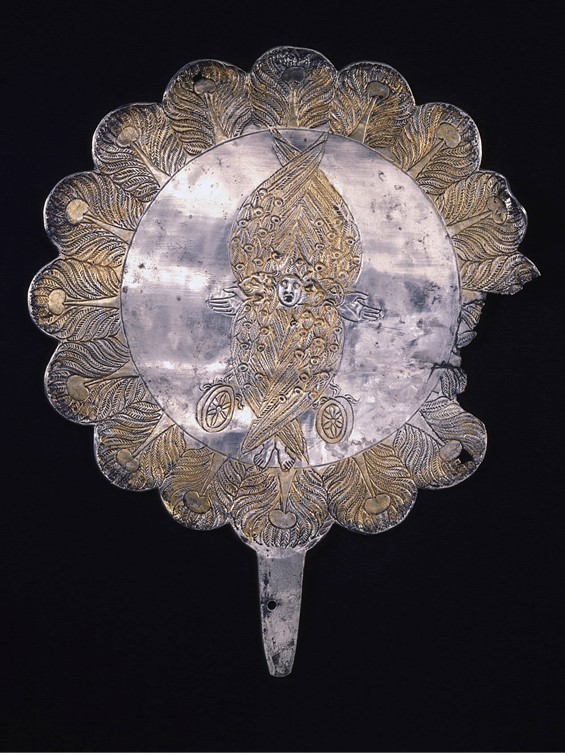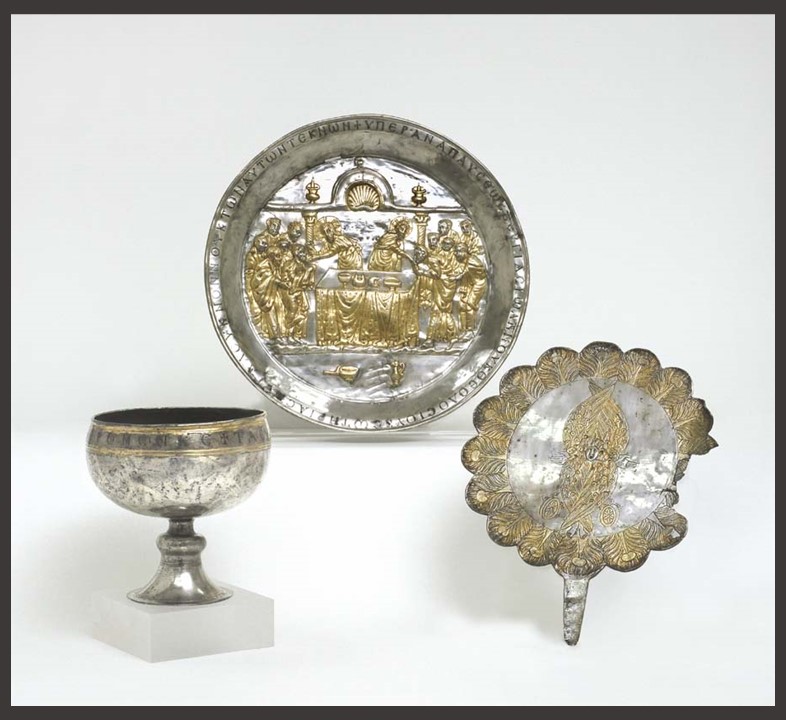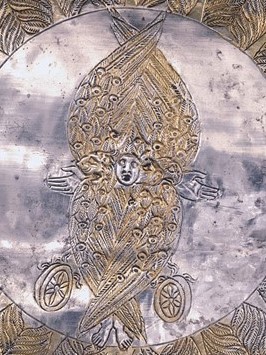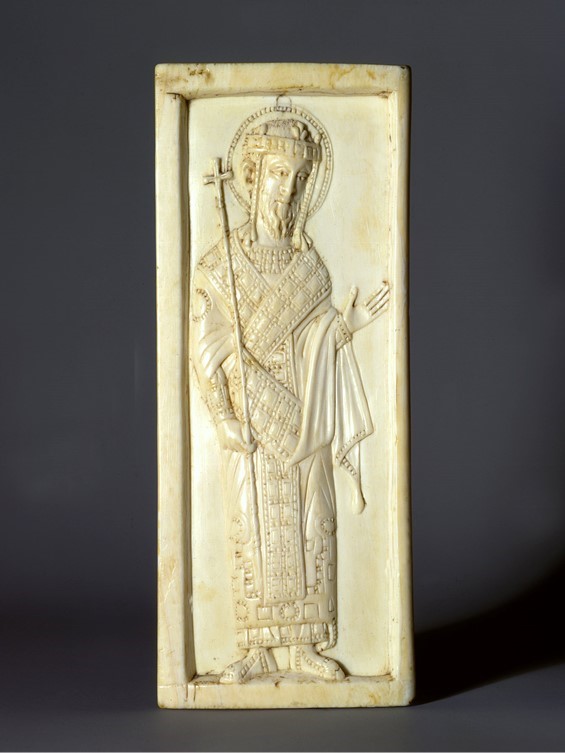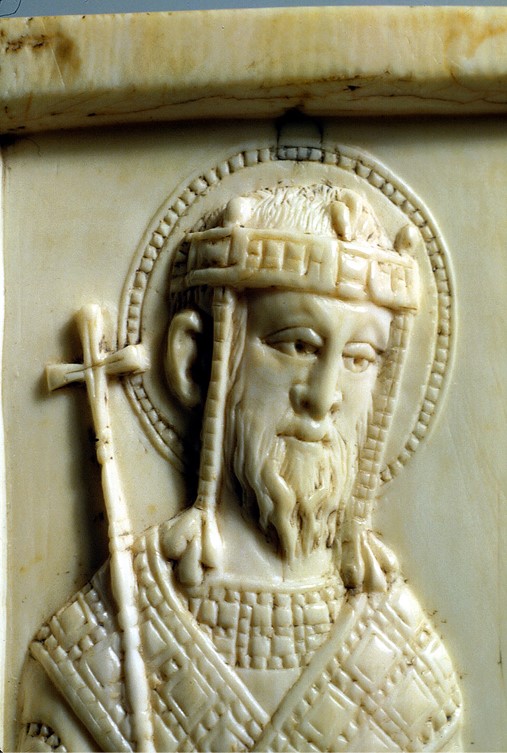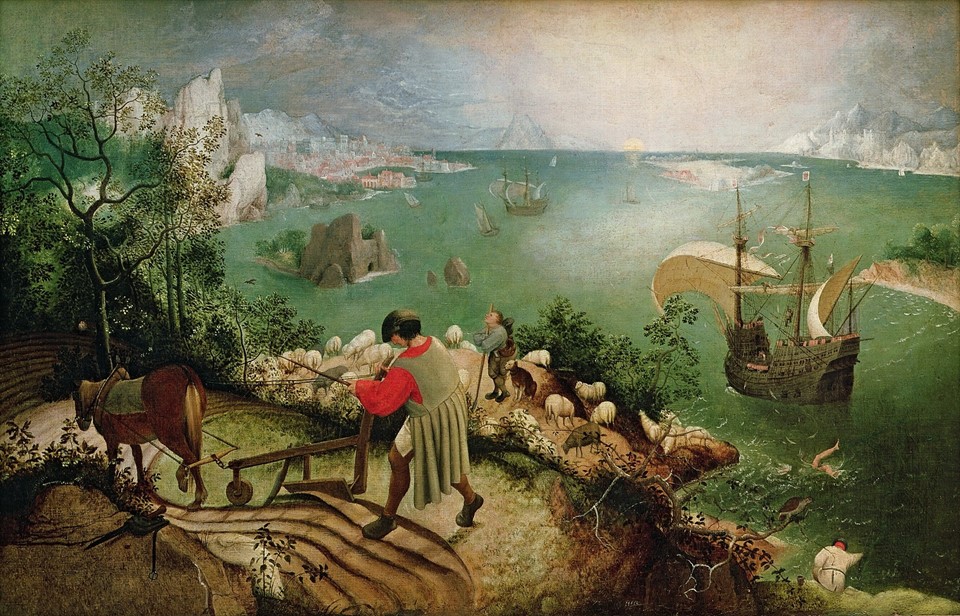
Landscape with the Fall of Icarus, circa 1558, oil on canvas mounted on wood, 73.5×112 cm, Royal Museums of Fine Arts of Belgium https://commons.wikimedia.org/wiki/File:Pieter_Bruegel_de_Oude_-_De_val_van_Icarus.jpg
The ancient Greek Myth of Icarus has endured not only in visual but in literary arts as well! The Fall of Icarus attributed to Pieter Bruegel the Elder(According to the museum: “It is doubtful the execution is by Bruegel the Elder, but the composition can be said with certainty to be his”) is a fine example of how the Visual and the Literary Arts complement each other! https://en.wikipedia.org/wiki/Landscape_with_the_Fall_of_Icarus
The myth of Icarus’s Fall is magnificently told by Ovid in Book VIII: 183-235 of his Metamorphoses… When Daedalus had put the last touches to what he had begun, the artificer balanced his own body between the two wings and hovered in the moving air. He instructed the boy as well, saying ‘Let me warn you, Icarus, to take the middle way, in case the moisture weighs down your wings, if you fly too low, or if you go too high, the sun scorches them. Travel between the extremes. And I order you not to aim towards Bootes, the Herdsman, or Helice, the Great Bear, or towards the drawn sword of Orion: take the course I show you!’ At the same time as he laid down the rules of flight, he fitted the newly created wings on the boy’s shoulders. While he worked and issued his warnings the aging man’s cheeks were wet with tears: the father’s hands trembled… but the boy did not listen… he began to delight in his daring flight, and abandoning his guide, drawn by desire for the heavens, soared higher… and disaster stroke! https://www.poetryintranslation.com/PITBR/Latin/Metamorph8.php#anchor_Toc64106497
The iconic painting of the Fall of Icarus in the Royal Museums of Fine Arts of Belgium is an amazing World Landscape, a type of composition depicting an imaginary panoramic landscape seen from an elevated viewpoint that includes mountains and lowlands, water, and buildings. At first glance, it is not easy to notice the spot where Icarus fell. All the artist painted is a pair of legs kicking in the sea next to the big ship on the right side of the composition. The depicted plowman carries on with his task while the shepherd seems unaware of the event, gazing into the air, away from the ship. Could the artist present the Flemish proverb… And the farmer continued to plough… pointing out the ignorance of people of fellow men’s suffering? https://en.wikipedia.org/wiki/World_landscape and https://en.wikipedia.org/wiki/Landscape_with_the_Fall_of_Icarus
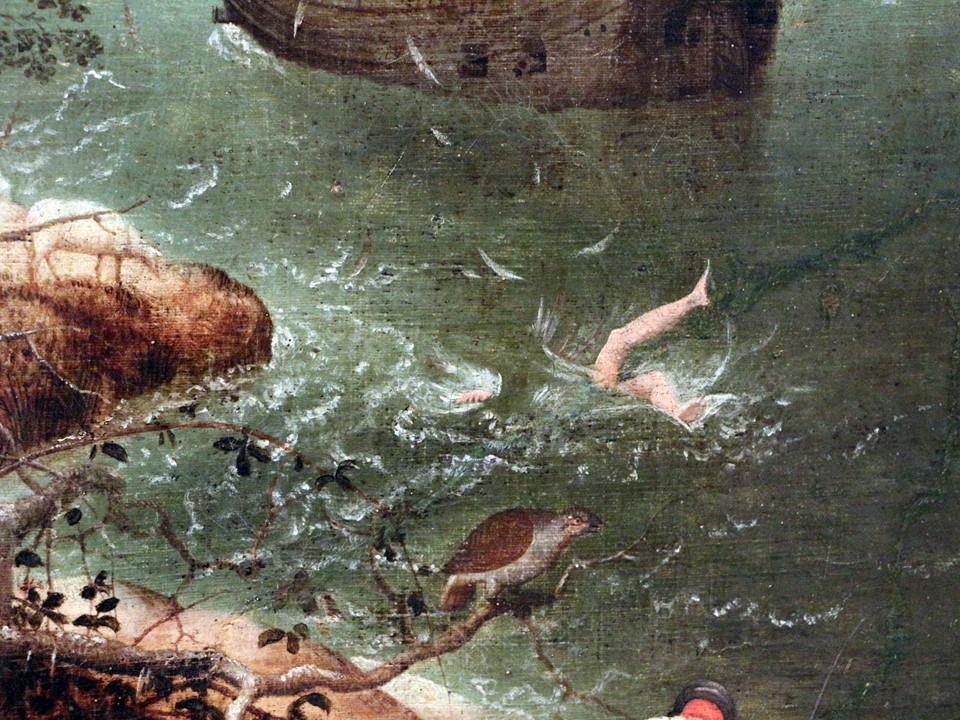
Landscape with the Fall of Icarus (detail of Icarus), circa 1558, oil on canvas mounted on wood, 73.5×112 cm, Royal Museums of Fine Arts of Belgium https://upload.wikimedia.org/wikipedia/commons/0/0b/Pieter_bruegel_il_vecchio%2C_caduta_di_icaro%2C_1558_circa_07.JPG
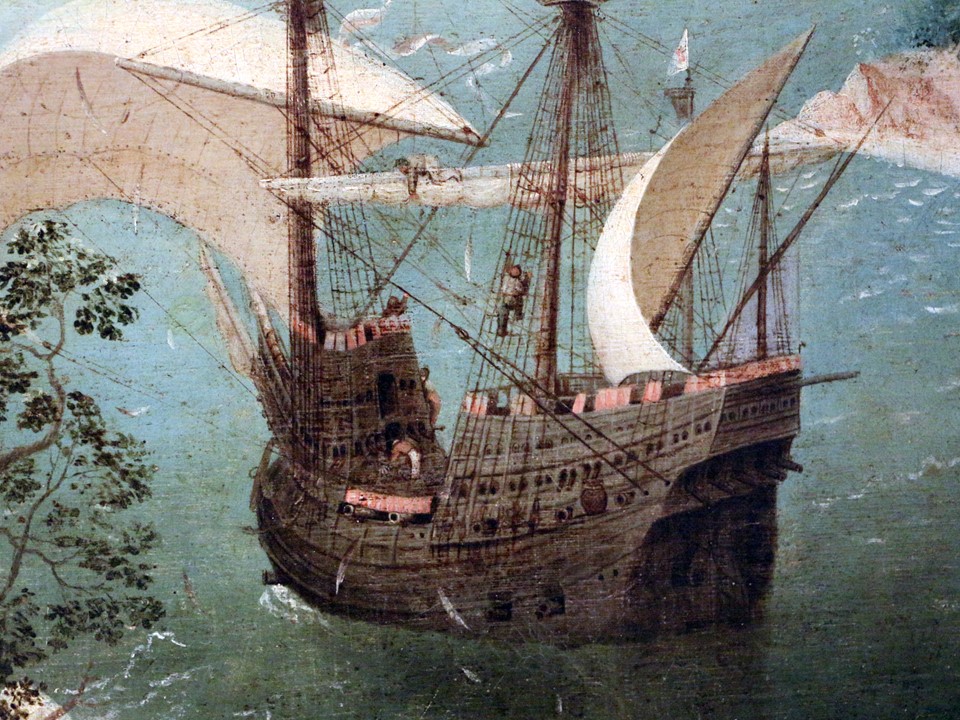
Landscape with the Fall of Icarus (detail of the boat), circa 1558, oil on canvas mounted on wood, 73.5×112 cm, Royal Museums of Fine Arts of Belgium
https://commons.wikimedia.org/wiki/File:Pieter_bruegel_il_vecchio,_caduta_di_icaro,_1558_circa_06_nave.JPG
The Fall of Icarus attributed to Pieter Bruegel the Elder inspired the acclaimed poet of the Imagist movement, William Carlos Williams (1883-1963) to write… According to Brueghel / when Icarus fell / it was spring / a farmer was ploughing / his field / the whole pageantry / of the year was / awake tingling / near / the edge of the sea / concerned / with itself / sweating in the sun / that melted / the wings’ wax / unsignificantly / off the coast / there was / a splash quite unnoticed / this was / Icarus drowning… https://poets.org/poem/landscape-fall-icarus
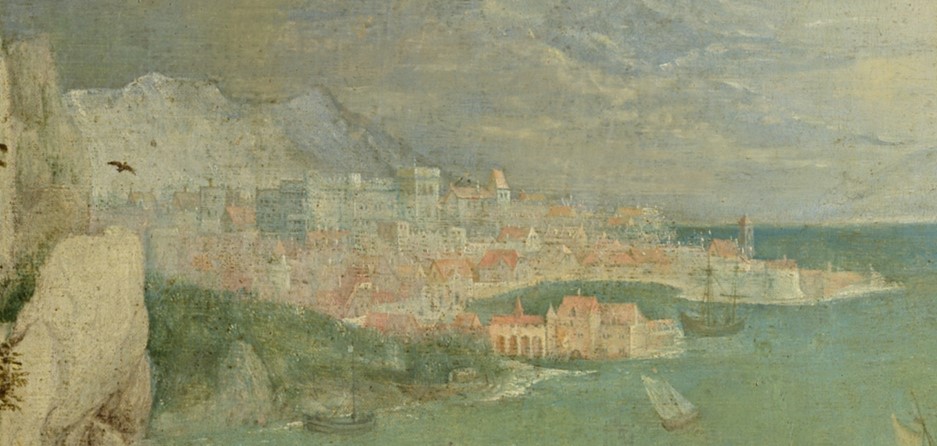
Landscape with the Fall of Icarus (detail of the city), circa 1558, oil on canvas mounted on wood, 73.5×112 cm, Royal Museums of Fine Arts of Belgium https://www.dailyartmagazine.com/painting-of-the-week-pieter-bruegel-the-elder-landscape-with-the-fall-of-icarus/
It inspired, the British-American poet, Wystan Hugh Auden, as well, who writes …In Breughel’s Icarus, for instance: how everything turns away / Quite leisurely from the disaster; the ploughman may / Have heard the splash, the forsaken cry, / But for him it was not an important failure; the sun shone / As it had to on the white legs disappearing into the green / Water, and the expensive delicate ship that must have seen / Something amazing, a boy falling out of the sky, / Had somewhere to get to and sailed calmly on. http://english.emory.edu/classes/paintings&poems/auden.html
Amazing!
For a Student Activity on The Fall of Icarus, a painting in the Royal Museums of Fine Arts of Belgium and the poem Lines on Brueghel’s “Icarus” by Michael Peter Leopold Hamburger (1924-2007) inspired by the painting, please… Check HERE!
An interesting Video, prepared by Royal Museums of Fine Arts of Belgium and presented by Christine Ayoub on The proverbs in Pieter Bruegel’s “Fall of Icarus” https://www.youtube.com/watch?v=duf0knJ7CXI
Christine Ayoub, a guide at the Royal Museums of Fine Arts of Belgium, presents another interesting Video, reading an extract from Ovid’s Metamorphoses featuring the tale of the Fall of Icarus. https://artsandculture.google.com/story/ewUxXpmuNdcLJg
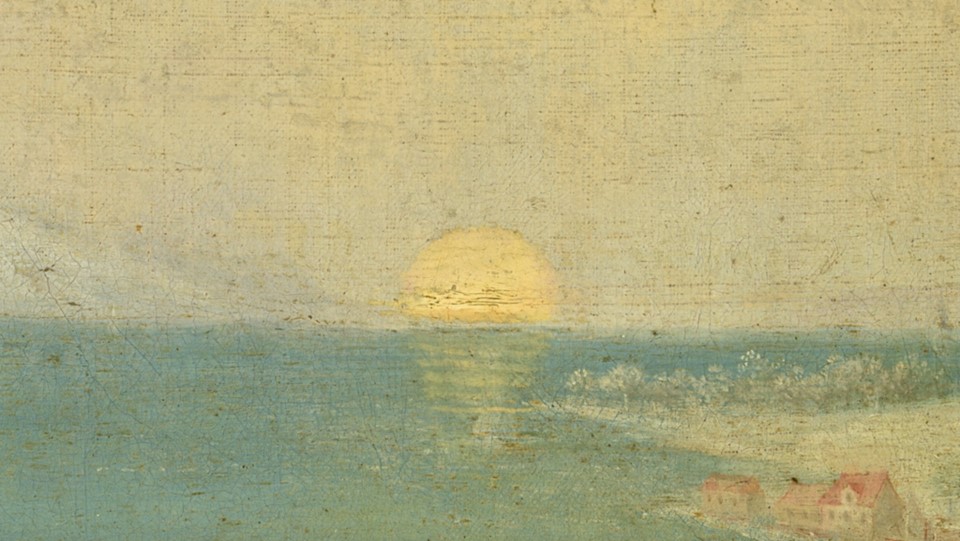
Landscape with the Fall of Icarus (detail of the sun), circa 1558, oil on canvas mounted on wood, 73.5×112 cm, Royal Museums of Fine Arts of Belgium https://www.dailyartmagazine.com/painting-of-the-week-pieter-bruegel-the-elder-landscape-with-the-fall-of-icarus/
